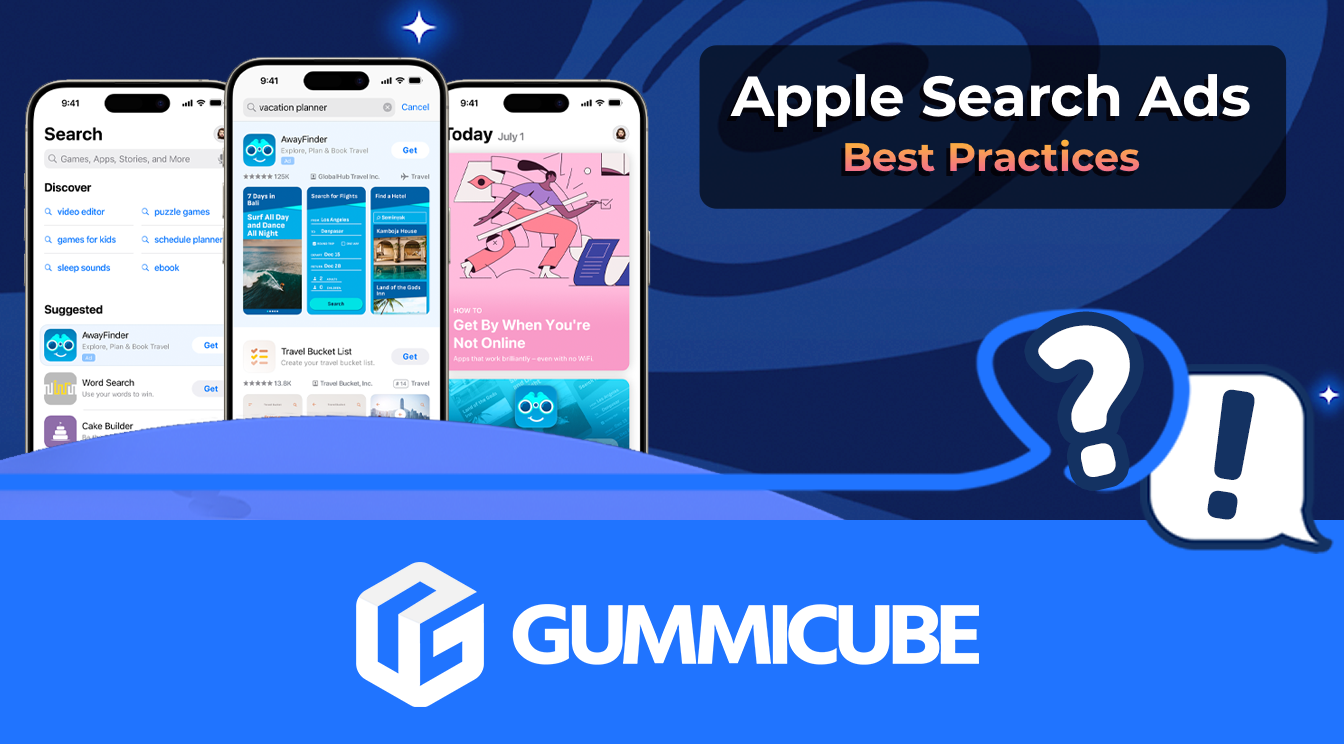
5 Best Practices for Apple Search Ads
Posted on July 3rd, 2024
Are you leveraging Apple Search Ads the right way? Take a look at these recommendations to optimize your paid campaigns and target the right users.
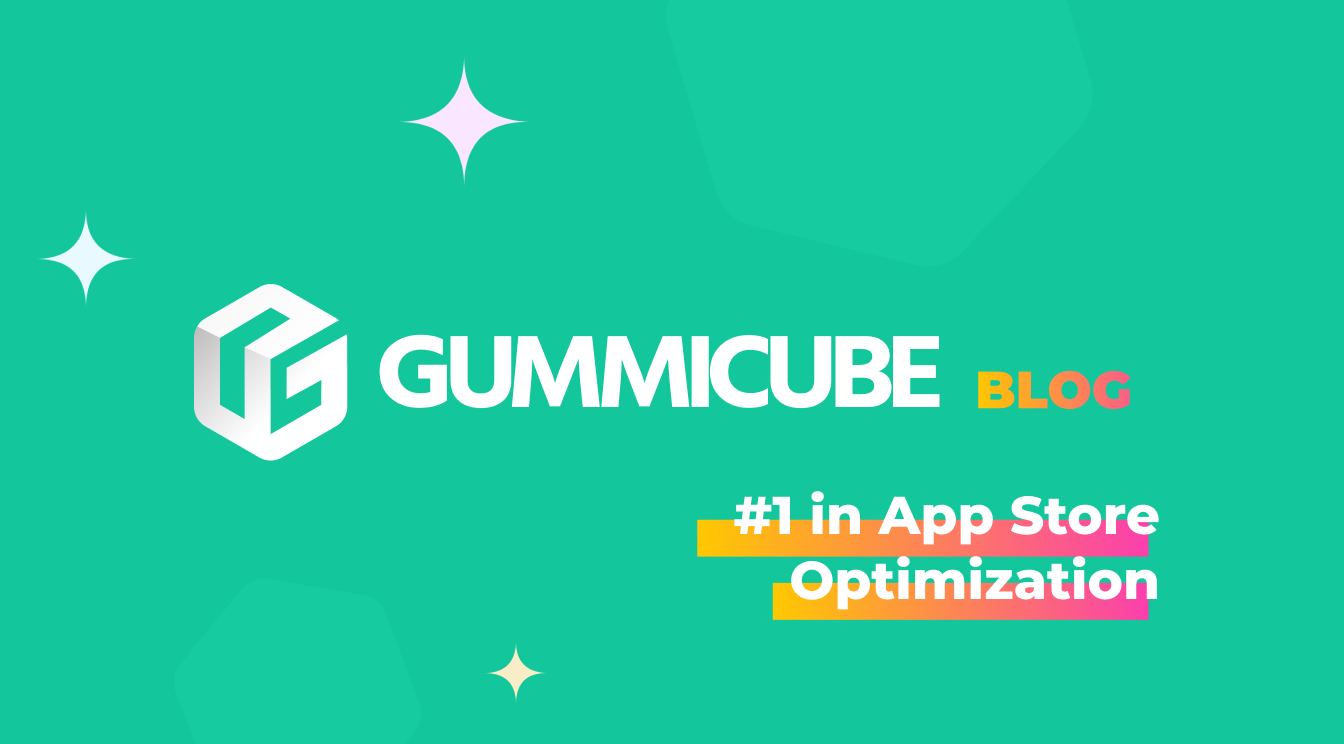
Make no mistake, the mobile explosion and migration from the web to apps is not just an American or even Western phenomenon. In fact, how fast and how broad populations across the globe are adopting mobile is a big part of the story. Apple sold more iPhone 6 and 6+ in China than the US in Q1 2015. China actually has more active smartphones than the entire US population with reportedly more than 380m. Japan, South Korea and of course a whole host of Spanish speaking countries represent huge user bases as well. A study by the Harvard Business Review reported that 72% of respondents said they are more likely to buy a product in their own language. If your app is only in English, mobile app localization may provide an avenue for 5-100% growth or more. Revenue per user and downloads overall vary per country/language by app and app type, but the stages of localization are similar across app types.
Depending on expected return or budget, publishers may approach app localization in stages, both in languages localized for and what in the app is localized. Publishers should start with the app store listing text and keywords, then move to the graphics (screenshots and video), then in-app text, in-app purchases and in-app controls like back buttons. Localizing the app text, items for purchase and controls is a massive over-simplification that groups design and UI in with text and back buttons as if it were just simple translation.
Localization vs Translation
Let’s address this here:
China does not use Facebook, Russia has VK instead of Facebook. Apps that require or offer a Facebook login would be out of place in China and Russia. Similarly, a photo-taking app that used screenshots of two Americans taking photos may not resonate as well with a Chinese consumer as screenshots showing Chinese users.
Google Play and Apple both support creating multiple app store listings by language. A quick recap of app store listing best practices reminds us that for Google Play, and app store listing consists of an app title, short and long description and graphic elements. For Apple, we have an app name, description and a hidden field for keywords. The name/title, descriptions and keywords are extremely important for app store optimization - specifically visibility in the app stores and conversion of viewers to users - we are not going to just translate our fields into another language. The current English app listing is the result of research on user behavior and search phrases in English in the US. The best way to create a localized and optimized app store listing is to go through the optimization process for each targeted location. If you want to start smaller and just translate the current app store listing, avoid using Google Translate as the default translation tool. 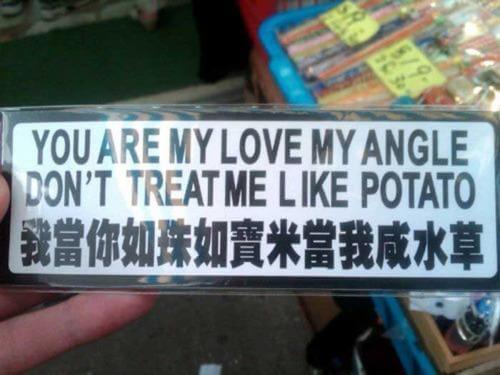 There are many reasonable options where translating an app store listing into 10 languages would run around $1,000.
There are many reasonable options where translating an app store listing into 10 languages would run around $1,000.
App creatives like screenshots and a video have a huge impact on converting app store views into installs and users. If the text of an app store listing (name, description, keywords) drives visibility, the creative elements drive conversion. Translating the text on any creatives is the place to start, but publishers should consider changing the actual images used if a more local example is available. For example, a mapping app could show a screenshot of a user navigating a map of Paris in France, and of Shanghai for China. Using the app store optimization research from the previous stage, you will know which features and functions are in highest demand and of most interest in your targeted country. Highlight these features in screenshots just like you would lead with you most sought after features in screenshots for your domestic audience.
With an English app or game, publishers can cover some big spending countries like the UK, Canada, Australia, New Zealand and of course the US. If your app is already in English, you have roughly 35% of the app market covered. Where you go from there depends largely on where current app installs are coming, the LTV of those users, and where competitive apps are having success. If your app is getting a lot of downloads in Germany, for example, this may be a good place to start your app localization efforts. Another approach is to see where your competition is having success. One place to start is by performing competitive ASO research. Do any of your biggest competitors in the app store have localized app store listings? If so, which countries and how do they rank in those locations? With tools like this from Apptopia, publishers can see both the number of installs and the estimated revenue per user by country for competitive apps. The top 5 recommended languages for localization not considering your app’s type, performance and competitors are English, Japanese, Simplified Chinese, Korean and Spanish. German, French, Brazilian Portuguese, Russian round out top 9.

Are you leveraging Apple Search Ads the right way? Take a look at these recommendations to optimize your paid campaigns and target the right users.
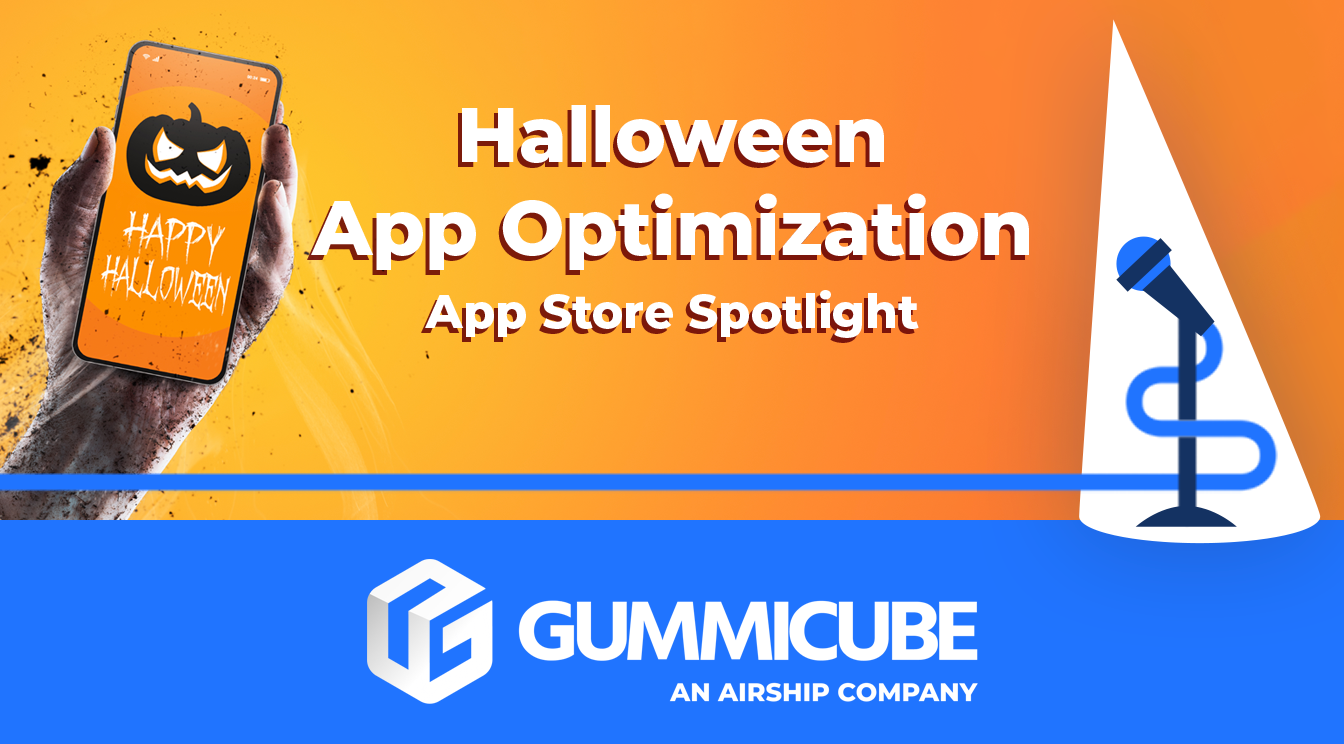
Ghostly happenings are among us... and in your app listing too? If you aren't leveraging the power of app seasonality to make relevant tweaks to your store listing you're leaving precious engagement and conversions on the table.
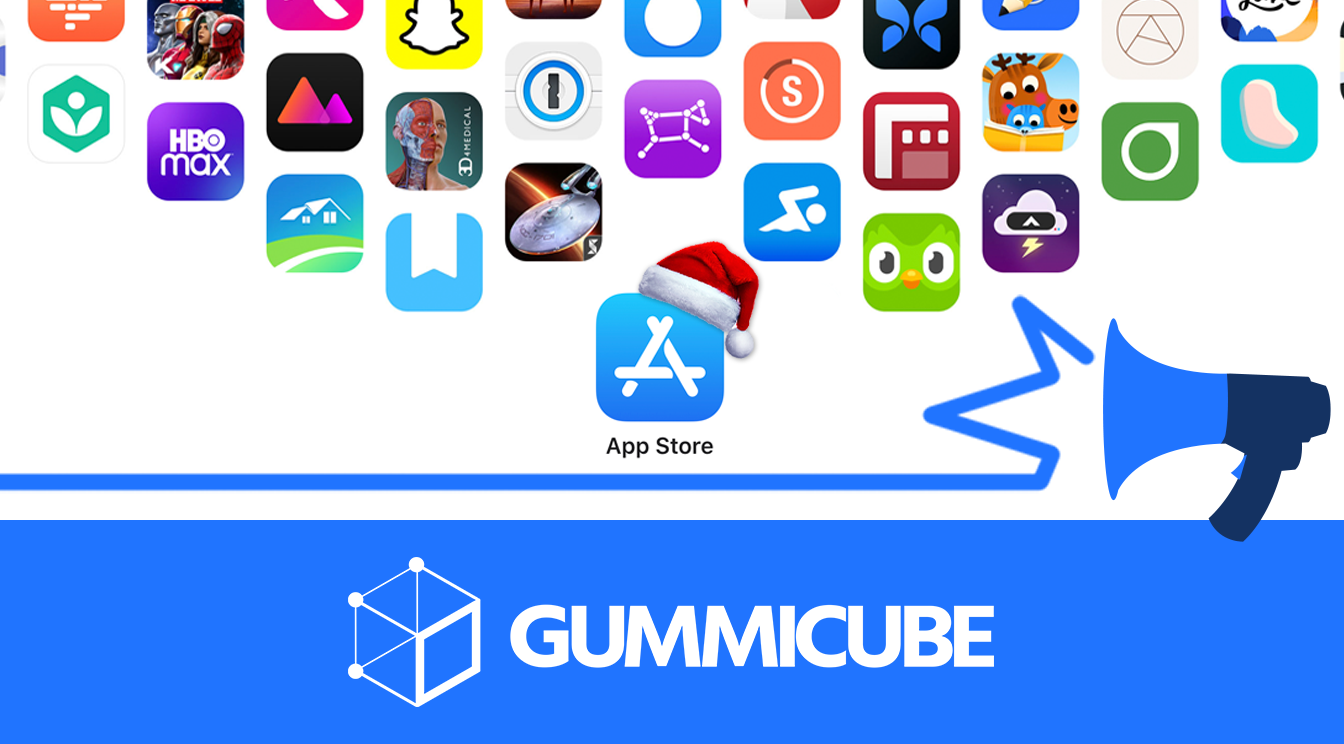
Developers on the iOS App Store should plan in advance of the upcoming Holiday Schedule to allow enough time for apps to get approved during the busy holidays.